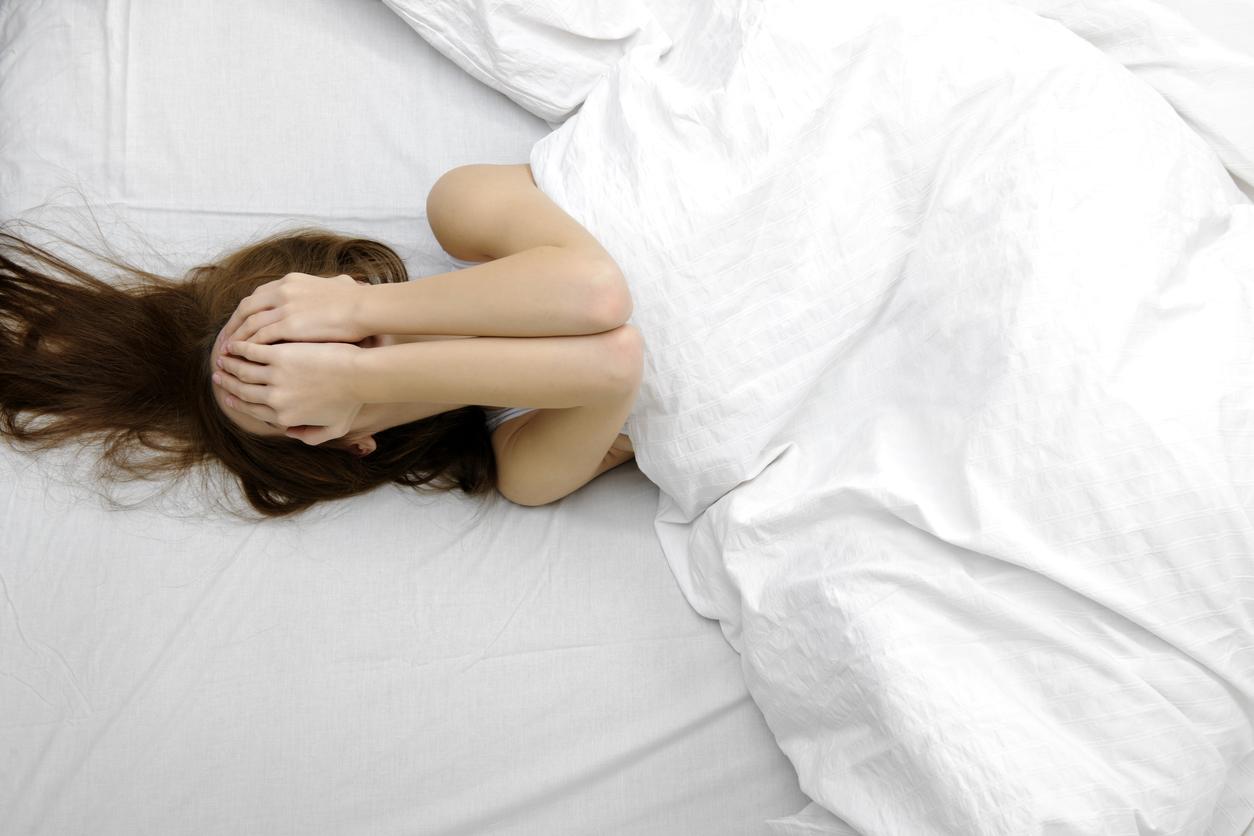Women more likely to get depressive symptoms in winter than men, study finds
Low mood and tiredness peak more in winter months, new study finds

Women are more likely to experience depressive symptoms in winter than men, according to a new study.
Researchers at the University of Glasgow's institute of health and wellbeing showed low mood, tiredness and anhedonia - the inability to experience pleasure from enjoyable activities - peaked in winter months among women.
The seasonal changes in women's moods appear to be independent of social and lifestyle factors, such as smoking, alcohol use and physical activity.
Published in the Journal of Affective Disorders, found a relationship between shorter days and greater depressive symptoms among women, which they said may be explained by variations in outdoor temperatures.
“This very large, population-based study provides evidence of seasonal variations in depressive symptoms which appear to be more pronounced in women than in men," said Daniel Smith, professor of psychiatry at the University of Glasgow.
The condition, previously referred to as seasonal affective disorder, affects up to 3 per cent of the general population.
It is also more common in patients with a history of major depression to experience more symptoms during winter, with new prescriptions of antidepressants also rising.
Analysis of the data of more than 150,000 UK Biobank participants was assessed for evidence of seasonal variation, with researchers scoring for “total depressive symptoms” plus symptoms of low mood, anhedonia, tenseness and tiredness.
Associations between the symptoms, day length and average outdoor temperatures were also assessed.
Prof Smith added: “We don't yet fully understand why this should be the case but it was interesting that the changes were independent of social and lifestyle factors, perhaps suggesting a sex-specific biological mechanism.
“Clearly, this is a complex but important area which requires further study. Clinicians should be aware of these population-level sex differences in seasonal mood variation, to aid the recognition and treatment of depressive symptoms across the calendar year.”
Additional reporting by Press Association
Join our commenting forum
Join thought-provoking conversations, follow other Independent readers and see their replies
Comments
Bookmark popover
Removed from bookmarks